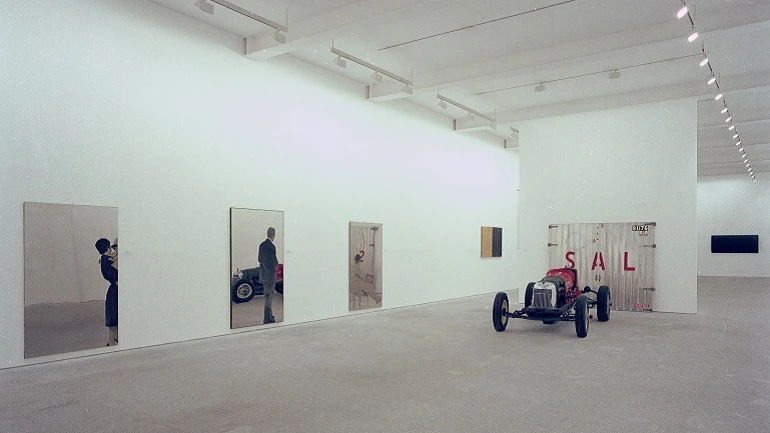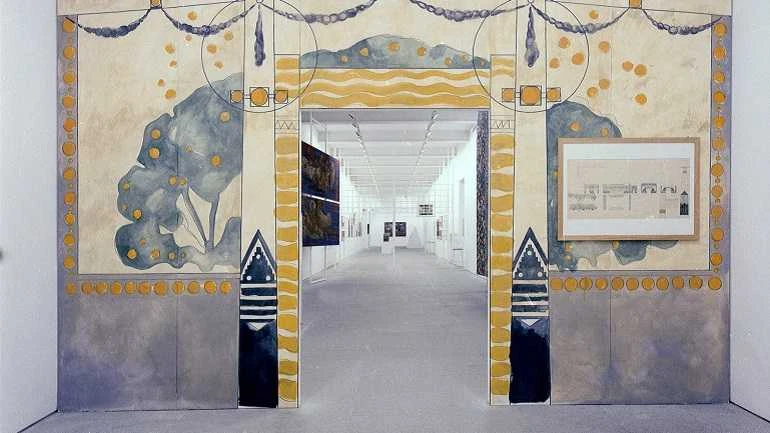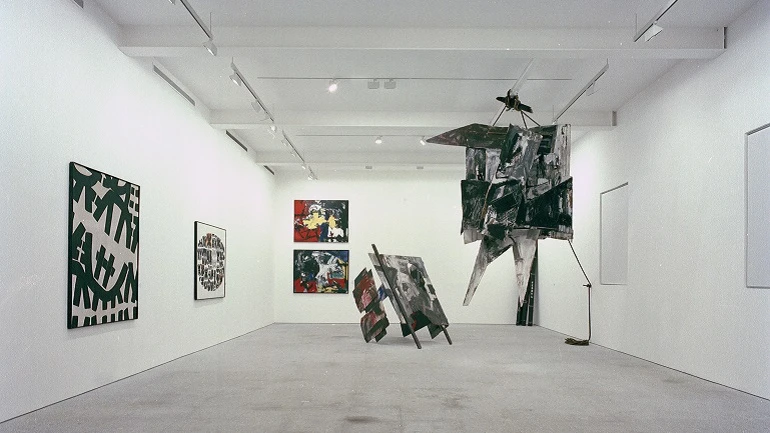Memory of the future. Italian art from early avant-garde to post-war
From this premise, the exhibition firstly addresses the question of artistic language and different vocabularies. Without falling into such opposition as figuration / abstraction and naturalism / realism, the exhibition shows the continuity of some forms of artistic expression which are facing an establishment of new and radical ones, such as those employed by Lucio Fontana, Jannis Kounellis and Fausto Melotti.
In addition, Memory of the future addresses Italy's historical and political situation in the decades that make up the exhibition’s time frame. This period is not only the contexts and scenarios from the different artistic manifestations, but also a product of their changes of which the following are examples: the futuristic project, the loss of artistic autonomy when art is put at the service of fascist ideology or the recovery-redefinition of the artist's status after the Second World War and the transgression of the image-surface concept.
Third and finally, Memory of the future places Italian art in an international context, which it is part of and in which its artists are also protagonists. Saying that, the following links should be noted: Enrico Prampolini with the groups Cercle et Carré and Abstraction-Création; Renato Guttuso and realism (political); the participation of Alberto Burri and Giuseppe Capogrossi in exhibitions and publications on informal art organised by Michel Tapié; as well as the addition of Mario Schifano and Michelangelo Pistoletto to Leo Castelli's gallery.
Given the active role of memory and the past, the artistic tendencies are presented as manifestations that are articulated in time, modernising according to new political, stylistic, poetic or other assumptions. Thus, the ideological and formal Futurism debate exists in works and projects created in the 1920s and 1930s: the so-called mechanical phase and air-pictorial and cosmic phase respectively. It partially reappears in the works of Burri, Mimmo Rotella, Piero Manzoni or Leoncillo referring to the defence of "polimaterismo" launched by Umberto Boccioni and with the obsessive experimentation with materials by Enrico Prampollini, but with reversed connotations. It also emerges in the Technical Manifesto of Fontana's spatialism (1951), or in the signifier-textual research by Emilio Vedova, which refers to the futuristic dynamic simultaneism. This continues until the Sixties, when the futuristic project unites art and life and is modernised by the proliferation of groups and participatory activities diluted in daily life.
Artists
Organised by
Museo Nacional Centro de Arte Reina Sofía in collaboration with Palazzo Grassi, Venice
Image gallery


